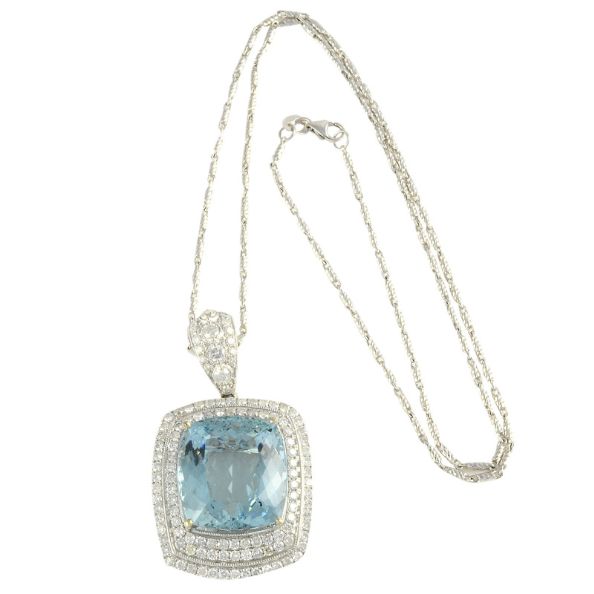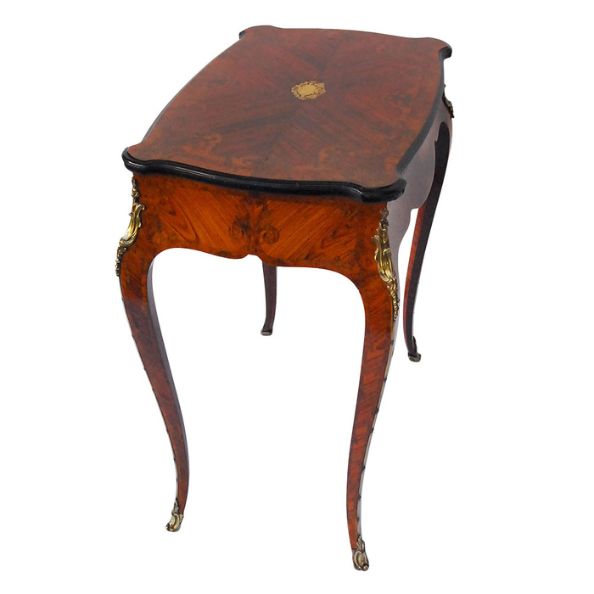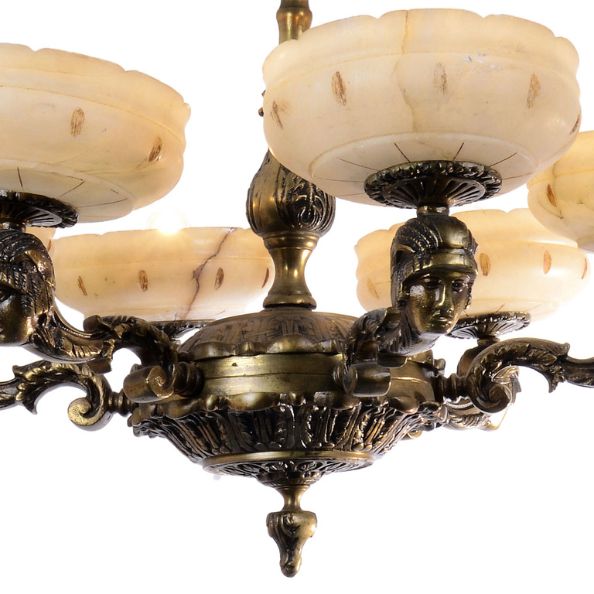A Brief Guide to Pendant Necklaces Through the Decades

Jewelry has been a statement of style, personality, and status since the first hunter strung a bear claw or shark’s tooth around their neck. Pendant necklaces have consistently held a unique charm and allure. This brief guide to pendant necklaces through the decades will reveal their enduring appeal and how they have evolved over time.
How Is a Pendant Necklace Different From Other Necklace Types?
Unlike other necklace types where the focus may be distributed along the length of the piece, a pendant necklace commands attention to a single point: the gem or figure suspended from a chain. The name “pendant” comes from the French pendre, which means “to hang.” It is this focal charm, suspended with grace and elegance from the chain, that sets pendant necklaces apart. They are not just accessories; they are individual statements, expressions of personal style and taste.
Historic Pendants: Amulets or Symbols of Rank
Historically, pendants held more appeal than just aesthetic value. They often featured amulets infused with spiritual significance or symbols of rank, signifying lineage and power. From the ancient Egyptian scarab pendants to the intricate Celtic crosses, these pendants served as potent symbols of belief and status, linking the wearer with their heritage and community.
Pendants That Followed Fashion in Necklines
Pendant necklaces have always had a symbiotic relationship with fashion, specifically where necklines are concerned. Chokers adorned with pendants graced the necks of Victorian ladies, while cameos and pendant watches became fashionable accessories during the 19th century. As necklines rose and fell, the design and length of pendant necklaces adapted accordingly, ensuring a harmonious blend of jewelry and attire.
Royal Pendants as Showcases for Extraordinary Gems
Royalty has always been synonymous with luxury and opulence, and royal pendants are no exception. These magnificent pieces served as notable displays for extraordinary gems, from the infamous Hope Diamond to the nine breathtaking Cullinan diamonds, one of which, Cullinan III, was occasionally attached as a pendant to the British coronation necklace. Each royal pendant, resplendent with priceless gems, is a testament to the grandeur and extravagance of its time.
Flappers to Wartime Wives to 1950s Homemakers to Current Trends
The 20th century was a time of rapid change, and pendant necklaces evolved accordingly. The flappers of the 1920s favored long strands of beads that swung with their movements. Depression and wartime shortages led to the development of costume jewelry, making fashion accessible to all. The 1950s saw the popularity of matched sets, necklaces that paired with earrings and bracelets for a coordinated look. From the 1960s onward, pendants became more about expressing personal style, with pieces ranging from peace symbols to personalized locket pendants.
This brief guide offers a glimpse into pendant necklaces through the decades. Pendants have been amulets, symbols of status, fashion accessories, settings for extraordinary gems, and expressions of personal style. Whether you are drawn to the elegance of a cameo, the personal touch of a locket, or the stunning beauty of precious gems, you are sure to find the perfect pendant for your preferences. Solvang Antiques has jewelry ranging from antiques more 100 years old to more recent estate jewelry that is less than 50 years old, embodying the style of its time. On any given day, there could be a pendant necklace in our collection waiting to help you express your unique style.


